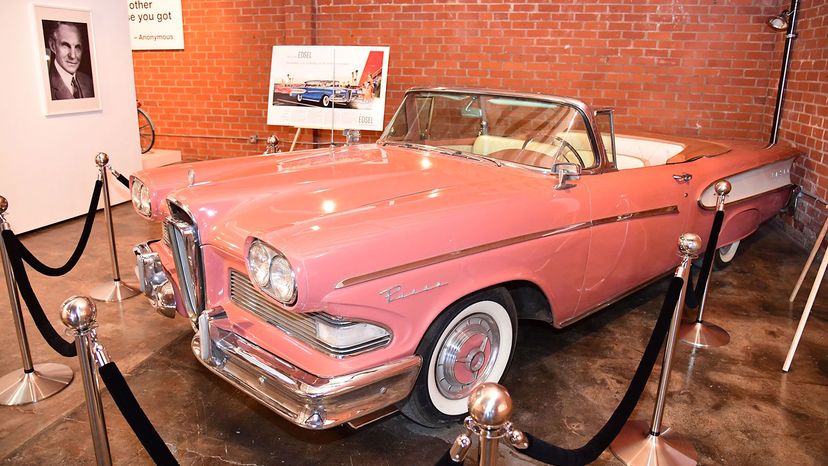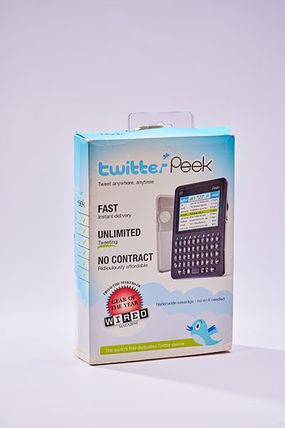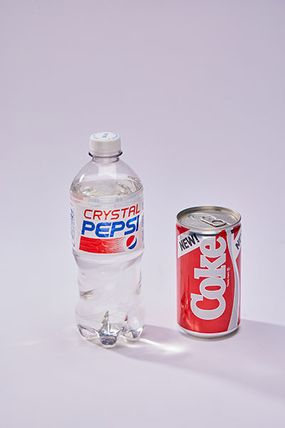
Some of the biggest, richest and smartest companies in the world have a long track record of spectacular fails.
Remember Google Glass? Time named the augmented-reality eyewear one of the "best inventions" of 2012, but the public strongly disagreed and decried its weirdo wearers as "glassholes." Apple, arguably the most successful technology company in the world, was also the creator of the doomed Newton, a clunky touchscreen PDA from the late 1990s, and a $600 gaming console called Pippin that absolutely no one bought.
Advertisement
It's easy (and fun) to laugh at the misfortunes of billionaires, but it's also instructive, says Samuel West, Ph.D., an organizational psychologist and the founder/curator of the Museum of Failure, a touring collection of product flops and fiascoes.
"We need to accept failure if we want progress and innovation," says West. "You can't have innovation or progress without taking meaningful risks, and as soon as you try to be innovative, there's going to be failure. There's no way around it."

For every iPhone, Oculus and Netflix, the Museum of Failure reminds us there's an Amazon Fire Phone, Nintendo Virtual Boy and Blockbuster. You can't hit a home run without taking a swing, and it's OK if some of those swings are full-blown whiffs.
When West launched the first Museum of Failure exhibit in Sweden in 2017, he wanted to show corporations and organizations that failure itself isn't bad. (He'd noticed companies were averse to taking the kind of risks that can lead to very successful innovations – though sometimes to bombs, as well.) The only real failure, he notes, is failing to learn from your mistakes and adapt, a popular engineering concept known as "failing forward." But what surprised West was how much the general public embraced the museum's message.
"People felt liberated," says West. "They'd see all of these big bad multinationals with all of their resources and knowledge and realize, 'If they can [foul] up, so can I!'"
Advertisement


